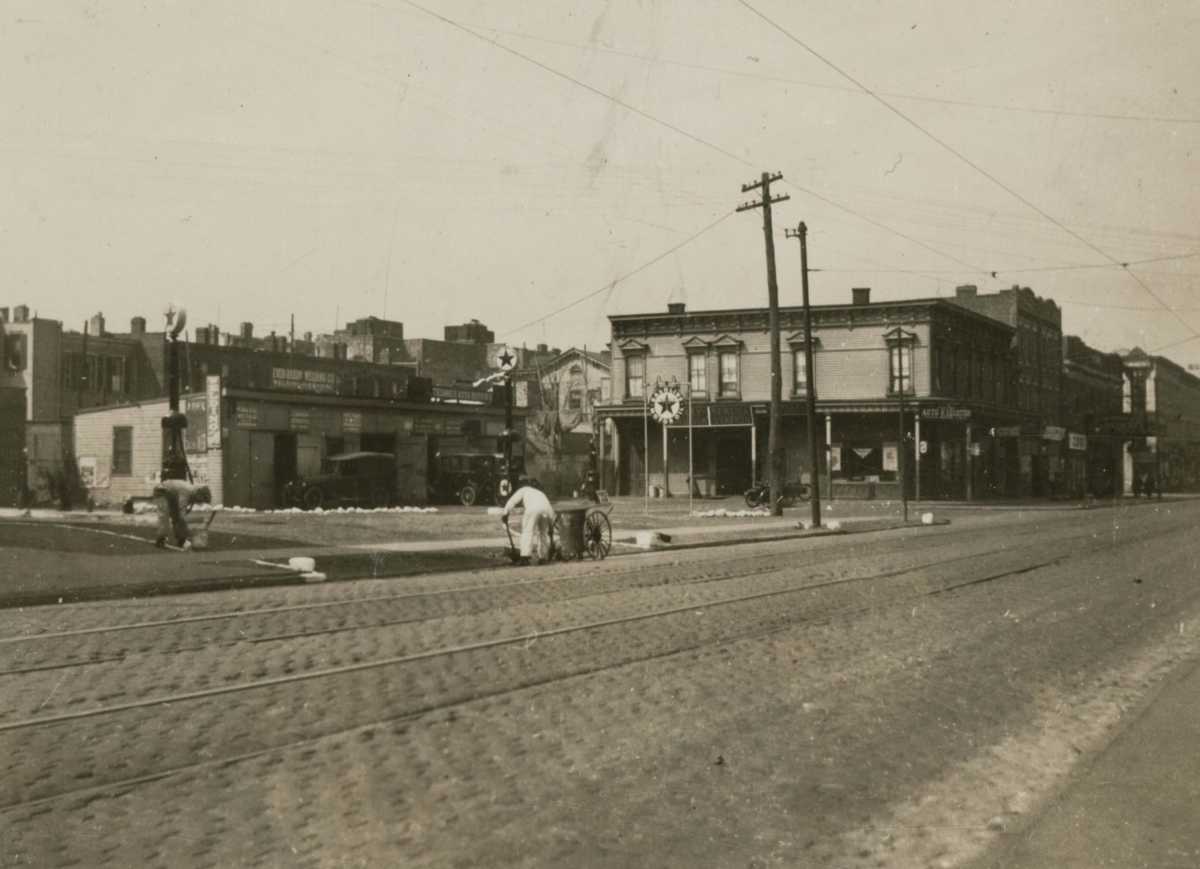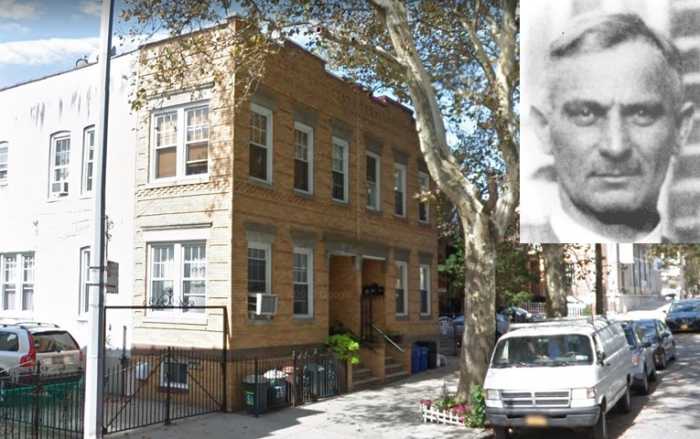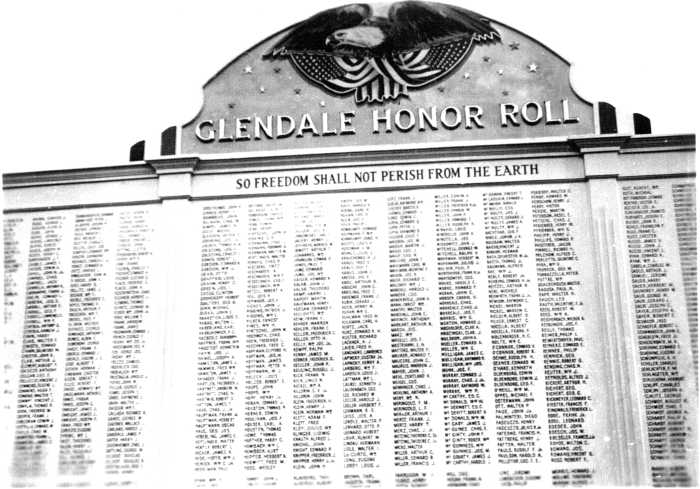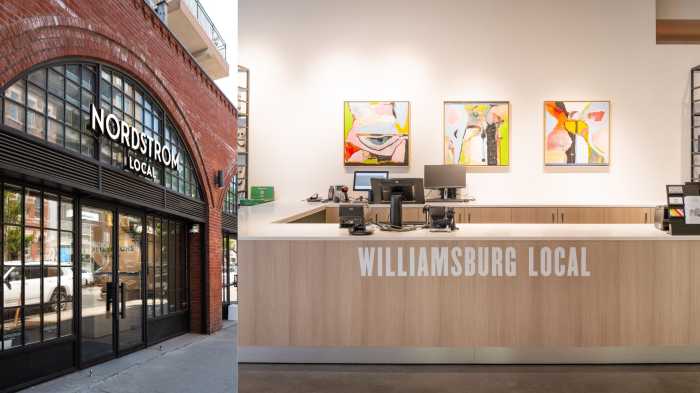Captain Louis Dohling’s Roadhouse was located on the southwest corner of Myrtle Avenue and Fresh Pond Road (now Cypress Hills Street) in Glendale for about 20 years, from 1880 to 1900.
Dohling was born in Braunschweig, a duchy in northern Germany, in 1834. He came to America in 1855 at the age of 21. Where he settled first is unclear, but in 1861, when the Civil War started, he enlisted in the 28th Regiment, New York Volunteers, for 90 days, serving as a first lieutenant under the name Charles E. Waterbury.
The German states had military conscription at age 20. Apparently, because of his prior military training, he was able to secure a commission as a first lieutenant in the Union Army.
The 28th Regiment, New York Volunteers, consisted of men primarily from Niagara, Orleans, Genesee, Ontario and Sullivan Counties. Companies A and B were mustered in upstate Lockport on the first day of the call — April 15, 1861, the day President Abraham Lincoln proclaimed the enlistment of 75,000 men for a 90-day period. This came weeks after Confederate soldiers fired on Fort Sumter, South Carolina, the first salvos of the bitter, bloody conflict.
First Lieutenant Dohling (Waterbury) was assigned to Company H, which was assigned to Camp Morgan. As the regiment was transferred into federal service, all were required to take the oath of loyalty to the United States.
On June 24, 1861, the regiment left Camp Morgan and headed on a barge down the Hudson to Elizabethport, New Jersey, where they boarded a train for Washington, D.C. When the 28th Regiment marched through Baltimore on June 26, Dohling and the rest of the men had their guns loaded and were ready for trouble, which did not materialize.
Upon arriving in Washington, they were temporarily quartered in the U.S. House and Senate buildings. They then moved to a camp about one mile north of the city.
On July 4, they participated with all the troops in a massive review before President Lincoln and the Cabinet officers. Two days later, the 28th Regiment boarded a train to Hagerstown, Maryland, and were assigned to Major General Robert Patterson’s Army of 18,000 men, who were ordered to seize Harper’s Ferry, which was 60 miles northwest of Washington on the Potomac River, and prevent two divisions of the Confederate Army from uniting at Manassas (Bull Run), which was 25 miles southwest of Washington.
This led to the first big battle of the Civil War on July 21, 1861, at Bull Run, but Dohling (Waterbury) had already been mustered out of service, as his enlistment expired. He did not see any action.
After being mustered out, Dohling settled in Brooklyn. He became an active member of the Deutsche Freudschafts Guard, a local shooting society for German immigrants in the area, where he served as a captain. He adopted this title in order to help him in his business activities.
By 1873, Dohling had a grocery store in the Williamsburgh area of Brooklyn. Several years later, he moved to Myrtle Avenue and Fresh Pond Road, where he leased the building from John H. Debevoise, a large land owner in the area, and operated a hotel.
In June 1880, the U.S. Census recorded that Dohling lived there as hotel operator with his wife, Anna, and their sons, George and Henry. In November of that year, he purchased the two-story wooden frame building and irregular shaped plot of land on which it stood from Debevoise for the sum of $1,000.
In 1890, the U.S. Congress was receiving requests to grant a pension to Civil War veterans. Before doing so, they determined to find out how many veterans were still alive, and whether they suffered any service-connected disabilities.
Accordingly, a special census was taken. Louis Dohling stated that he served as a first lieutenant under the name Charles E. Waterbury from March 29, 1861 to July 1, 1861 with Company H, 28th Regiment, New York Volunteers, on a 90-day enlistment. One note of interest in the census data was that many of the veterans stated they had acquired rheumatism (inflammation and pain in the joints, muscles or fibrous tissue) while fighting.
On March 3, 1900, Louis and Annie Dohling purchased from John and Mary Jane Adamson a small parcel of land across the street from his roadhouse, on the north side of Myrtle Avenue. This had been part of the Peter Debevoise Farm. Shortly thereafter, Louis Dohling ceased operating his roadhouse.
By 1923, the rear half of the roadhouse remained as an automobile service garage. While the garages remained in use for decades, the roadhouse would later be demolished to make additional room for the service station, which remains in use today.
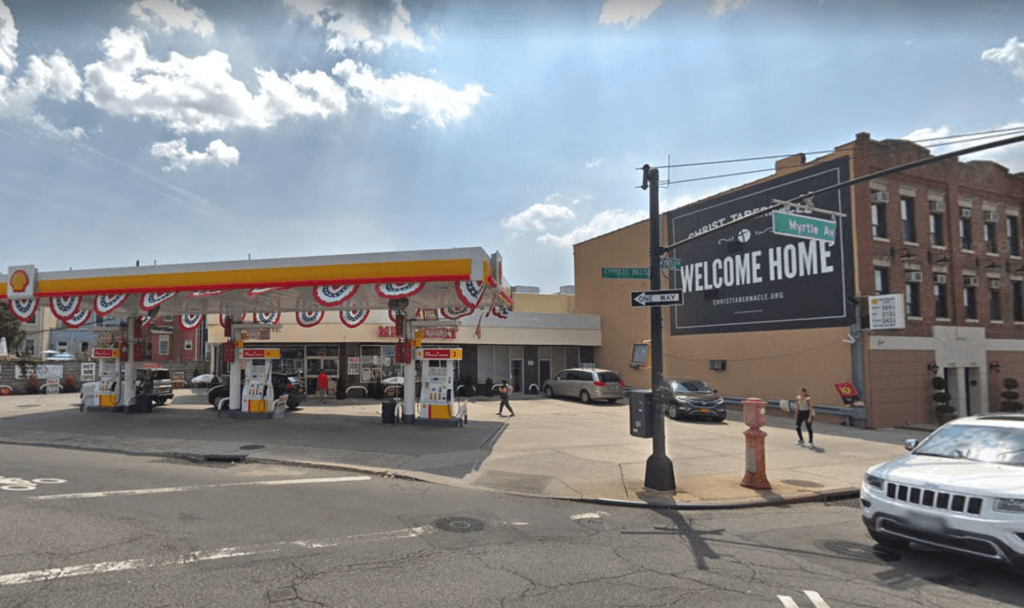
Reprinted from the Sept. 8, 1983, Ridgewood Times, with appropriate updates made. Additional information from Wikimedia Commons.
* * *
If you have any remembrances or old photographs of “Our Neighborhood: The Way It Was” that you would like to share with our readers, please write to the Old Timer, c/o Ridgewood Times, 38-15 Bell Blvd., Bayside, NY 11361, or send an email to editorial@ridgewoodtimes.com. Any print photographs mailed to us will be carefully returned to you upon request.

